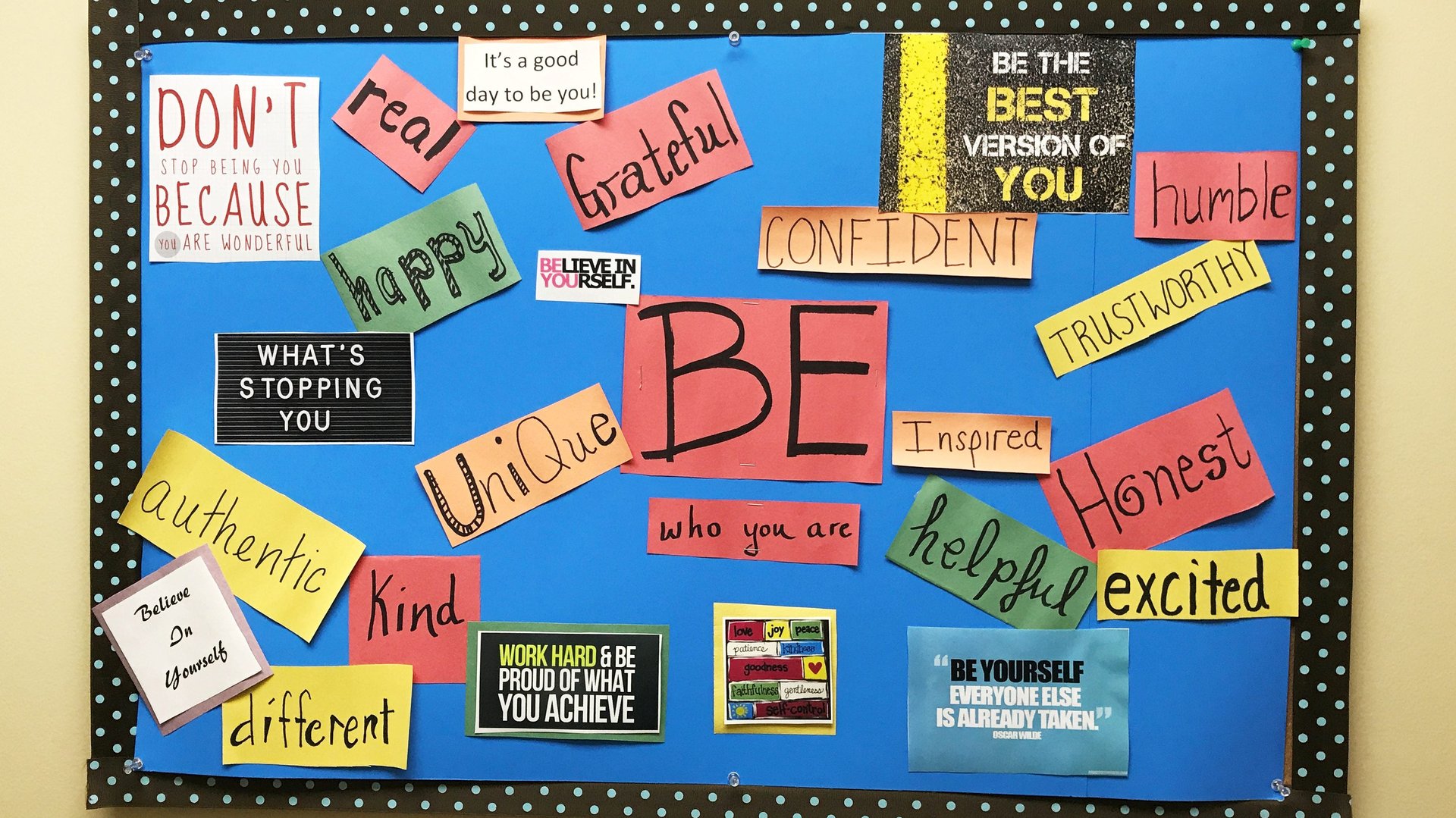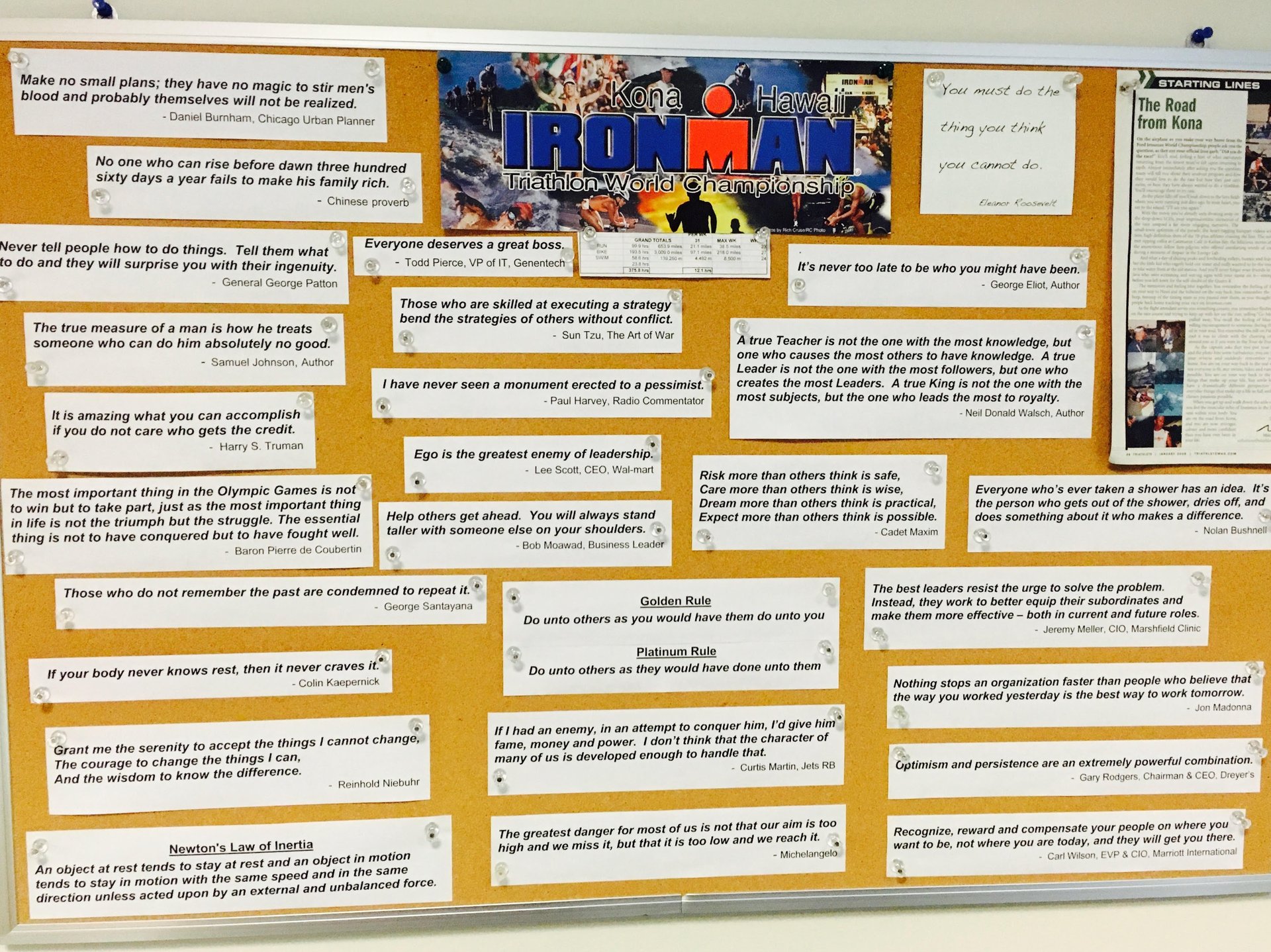The most effective way to set a personal mission statement doesn’t involve words
A few weeks ago, I received a call from a recent graduate and mentee. Connor deeply cares about leading a life of positive impact, and as he entered the modern workplace, he wanted to make sure he would never lose that drive for making a difference.


A few weeks ago, I received a call from a recent graduate and mentee. Connor deeply cares about leading a life of positive impact, and as he entered the modern workplace, he wanted to make sure he would never lose that drive for making a difference.
I suggested that he develop a personal mission statement for his life.
My own mission statement is not to chase greatness, but to enable greatness in others. This is the connective thread through everything I do—from my role as an educator to my roles as a coach, an author, a friend, and a parent.
Connor asked a simple question when I told him this: How does one create a personal mission statement?
As I thought about it, I realized that it had actually taken me many years to finally wordsmith a mission statement that rings true to me, and the words weren’t necessarily the most important part. Instead of writing a personal mission statement, what I should have been encouraging mentees like Connor to do is discover their purpose.
Years ago, I learned a simple way to do this when I walked into the office of Bill Schlough, the CIO of the San Francisco Giants and one of the top leaders in his profession. At opposite ends of the room, within easy sight from his desk, are two bulletin boards: one for inspiration and one for impact.
Bill meticulously types quotes that inspire him or reflect who he is, prints them, neatly cuts them out, and pastes them on his inspiration board. He rotates them regularly. There’s a ritualistic air to the process he described, such is the weight he gives this.
Bill’s “impact board” is headlined by the Jackie Robinson quote, “A life isn’t significant except for its impact on other lives.” On this board are thank you letters, drawings from Bill’s family, and a few business cards. I noticed one from a CIO of a major NFL franchise, and I asked Bill why that card was on the board.
“When that person first started out in the sports industry,” Bill said, “he came to me and asked for help. I shared with him as much as I could, and today he is a peer. I’m so proud of that.”

In answering Connor‘s question, those two boards came to mind.
The first step is putting the boards together, which can be far easier than writing a mission statement. An inspiration board contains things that speak to us—what we aspire to do, how we choose to act, our hopes, and our dreams. An impact board contains things that we are proud of—the type of mark we leave in the world. Patterns that we discover in them—who we aspire to be, what we are proud to have done—will reveal the type of life we choose to lead.
The second step is to place these boards in a place where you can see them.
Making your impact and inspiration boards visible every day will serve as a constant reminder and, consequently, facilitate the discipline for the life you aspire to lead.
What you choose to put on those boards, what you choose to see, will become a self-fulfilling prophecy.
And you may yet discover your personal mission statement in the process.
Sanyin Siang leads Duke University’s Coach K Center on Leadership and Ethics (COLE) at its Fuqua School of Business. She is also an Advisor for GV (Google Ventures) and the author of The Launch Book: Motivational Stories to Launch Your Idea, Business, or Next Career.